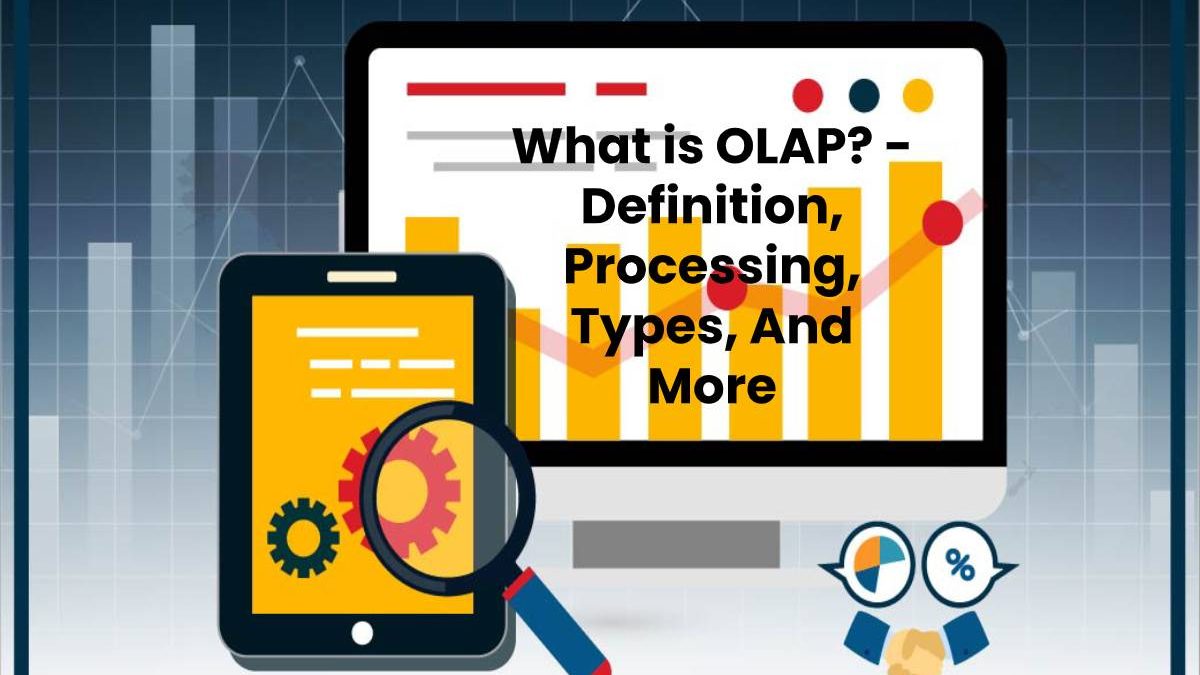Table of Contents
Definition OLAP (Online analytical processing)
In the world of solutions for Business Intelligence, one of the tools most used by companies is OLAP applications. Since they have been created based on multidimensional databases. Which allow large volumes of information to get processed in well-defined fields. Defined, and with immediate access to the data for consultation and further analysis.
OLAP tools provide companies with a reliable system to process data that we can use to analyses and reports. That allow them to improve production operations, make intelligent decisions, and optimize competitiveness in the market.
OLAP cube: a multidimensional database
These applications use a type of database that has the peculiarity of being multidimensional, commonly called OLAP Cube. The OLAP Cube, which coined its name by its multidimensional characteristic, is a database that has different dimensions, expanding the possibilities that the known spreadsheets offered so far.
Until the arrival of the term OLAP Cube, which was born by the hand of Edgar F. Codd, of the company EF Codd & Associates, only relational databases were in use for the information process, with systems such as ROLAP.
OLAP Cube concept
With the arrival of the new OLAP Cube concept, the solutions tools for Business Intelligence systems have advanced significantly in terms of the benefits that these applications provide to companies, where reliable information, accurate and promptly, are one of the most precious assets.
OLAP Cubes are vectors in which information is available, and thanks to this orderly hierarchy. We can carry out a quick analysis of the data.
By incorporating these vectors or cubes, the possibilities of relational databases have got expanded, allowing the processing of substantial volumes of information. Which would otherwise be impossible to perform.
Each of the dimensions that the database has incorporates a specific field in a particular type of data. Which can then be compared with the information contained in the other dimensions, to make possible the evaluation and subsequent reports of the relevant information.
OLAP Cubes
A multidimensional database can contain several cubes or vectors that will extend the possibilities of the OLAP system with which it works. Therefore, although in general OLAP systems are usually composed of three dimensions, the truth is that there is a possibility that the OLAP system can accommodate more than three sizes by using these OLAP Cubes.
Despite the advantages of this type of multidimensional database that includes OLAP Cubes. Which allows obtaining faster consultations and information processing, the truth is that its failure lies in the impossibility of performing.
Changes in its structure.
Due to its way of operating and storing information. When users require modifications to the structure of this type of database, they must redesign the OLAP Cube. Without the possibility of using the structure in which they worked until now.
OLAP: Analytical processing of business information
Within the world of business solutions for which computer systems based on the parameters of Business Intelligence uses one of the most popular tools, OLAP. Which has become an essential element for the processing of Transcendent information to optimize production operations.
One of the fundamental characteristics by which different companies widely use the [OLAP] tool is that it provides an ideal solution to carry out data queries quickly.
The term OLAP is the acronym derived from its name in English, On-Line Analytical Processing, which defines the function of the tool, which consists of the processing of information through an online analytical method.
OLAP main objective
It offers a solution that speeds up queries and evaluations of the large amount of data that a company produces. Using information from all sectors of the company, which converges in a central system.
That is why the speed of response offered by OLAP means that the solutions to the possible problems arisen during the production processes. And subsequent management decisions, take place on time.
Where is OLAP used?
The [OLAP] tool has been widely used for years in various business sectors. Such as marketing, sales, management, allowing reliable business reports, which improve the competitiveness of organizations, both internally and externally.
A multidimensional database allows you to have a vital platform to contain the information issued by the different areas of the company. Since its main characteristic is that each dimension that has the database has its field. And It also includes another field for each fact, offering the possibility of obtaining a complete and perfectly organized record.
That is why the [OLAP] tool makes use of the so-called [OLAP] Cubes. Also known as multidimensional cubes, to offer the possibility of creating complete and fast access to the information base.
The [OLAP] Cube is composed of fields of numerical facts, which known as measures; they have three dimensions, unlike the known spreadsheets, which only have two dimensions.
For this system to work, the whole scheme of tables that are part of the [OLAP] Cube is subject to a relational database. Which allows using information from different sectors and times. Relating them, to then be able to carry out a complete analysis of the situation.
Due to the widespread use of the [OLAP] solution within companies, several [OLAP] systems respond to different needs
Different types of OLAP systems
With the advancement of computer technologies at the service of companies. Which have managed to become the right solution for conducting smart businesses. The OLAP tool has led to the birth of various systems based on its architecture that can offer answers to the needs of different companies.
According to their operation and structure, OLAP systems have different categories. Such as ROLAP, MOLAP, HOLAP, WOLAP, DOLAP, RTOLAP, and SOLAP.

